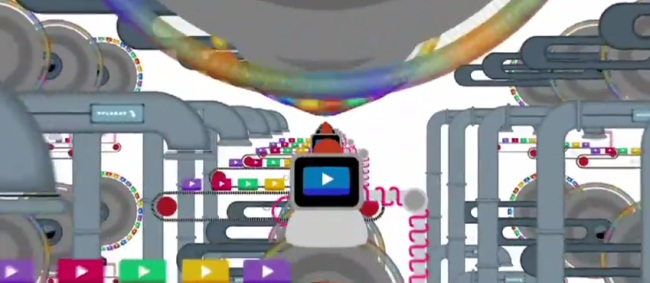
The Internet ain’t the pirate-friendly place it used to be. Today, on its blog, Google announced four new anti-piracy measures it will be taking in the coming months, likely in an attempt to appease network TV channels that are currently blocking its Google TV service. The new changes affect autocomplete, Ad Sense, copyright infringement requests, and how authorized content is promoted on the search engine.
Changes to copyright policy:
- Google will act on reliable copyright requests within 24 hours. If they know you’re a copyright holder and you’ve made legitimate requests before, your takedown requests will happen faster on services like YouTube. “Counter-notice” tools will also become easier to use, allowing legitimate or “fair use” content that has been removed the chance to defend itself.
- Autocomplete, the feature that fills in words for you while typing searches, will no longer complete words that are closely associated with pirating and copyright infringement.
- Ad Sense, Google’s ad serving program, will more thoroughly review web pages for piracy before allowing ads to be served on them. Copyright holders will also be able to request that Ad Sense be removed from pages that are illegally serving copyrighted materials.
- Just as it’s done with music, Google plans to make legitimate movies, TV shows, and other content easier to find in search results, even if that content is only preview-able.
Though copyright holders can still make takedown requests, Google’s Content ID system on YouTube has become quite advanced. Content ID automatically identifies videos and audio that contains copyrighted material. Upon the copyright holder’s request, infringing content can be removed or ads can be placed into it, allowing the copyright holder to make money from the infringing videos.
While these changes are proactive, it may not be enough to satisfy certain copyright holders. TV networks would like Google to completely block all illegitimate content from its search results, effectively censoring the web. So far, Google has not done this. Would you like to see it go further to protect copyright, or is it already doing too much?


